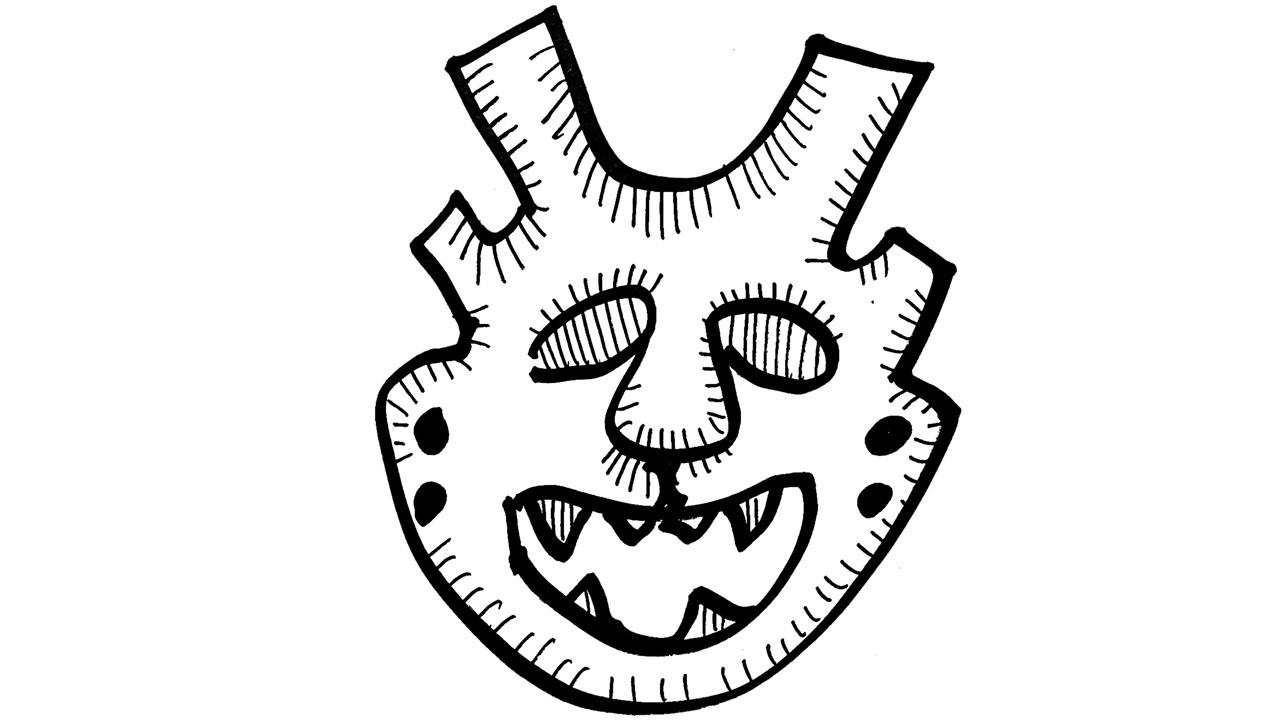Many Sanatanis today like to describe Hinduism as the mother of all dharmic religions, and sometimes even as the mother of all pagan faiths. This obsession with the word *pagan* is not native to India. It comes from Europe and America. In the 1960s and ’70s, hippies who disliked Judaism and Christianity, or who wanted to weaponize Hinduism against Islam, embraced this word and dragged it into Hindu conversations.
The word *pagan* itself has a strange history. Early Christians used it to mean peasants, rustic folk, people outside the army of Christ. It carried a sense of backwardness. Modern scholars now say the word comes from *pagus*, the smallest administrative unit of the Roman Empire. Those who worshipped local gods of the *pagus* were called pagans.
Seen this way, religion can be divided into two broad categories. One kind is tied to a place. It honours local gods and spirits of hills, rivers, groves, or villages. The other kind transcends geography. It builds on doctrine, not landscape. India has both. Every region has its local gods, but over these gods, Vedic ideas—detached from any single location—take precedence.
Christianity works the same way. It started in Jerusalem, then Rome became its centre, but it does not depend on either city. Islam, too, broke free of geography. Its followers do not worship local gods. They face Mecca, and Mecca alone, the seat of the god of Arabia.
Europe before Christianity was full of local religions. These were later branded *pagan*. Over time, pagans were imagined in very different ways. Some called them noble savages, close to nature. Others called them wicked savages who had to be tamed.
In the 18th century, with the rise of evolutionary theories, people placed pagan religions somewhere between primitive savagery and refined monotheism. Germans glorified their Viking ancestors as pure gods of the land, uncorrupted by Christianity. Admirers of Greece and Rome saw their paganism as sophisticated—until it was supposedly polluted by eastern rituals.
In England, the Industrial Revolution destroyed woods and groves. Intellectuals mourned and romanticized the pagan past as a lost paradise. In France, less industrialized, pagan nature worship looked sinister, even satanic.
By the Victorian age, when Christianity became increasingly puritanical, paganism was recast as free-spirited. It was imagined as a religion of the body, celebrating love and sexuality. But this pagan past was not remembered—it was invented. Christianity and modernity created the image of the pagan to suit their own needs.
Paganism became a mirror for anxieties about nature, body, and morality. Pagans were the other—those who did not align.
The countless local gods of Hindu villages were never wiped out. But they were reinterpreted. Vedic and Vedantic doctrines were layered on them. What was once a forest spirit became a form of Vishnu, Shiva, or Shakti. In this way, local faiths were whitewashed, given a respectable Sanskritic coating.
In the 19th century, many intellectual Hindus insisted that Hinduism was not pagan. They shunned the tree and animal worship part of Hinduism and focused on Vedanta. Today, politicians have realized that vote banks believe in old village and tribal rituals. Hence, in the 21st century, it makes sense to refer to Hindus as pagans, distinct from monotheistic religions like Islam and Christianity.
—
*The author writes and lectures on the relevance of mythology in modern times. Reach him at [email protected].*
https://www.mid-day.com/news/opinion/article/is-sanatan-dharma-a-pagan-faith-23596150
